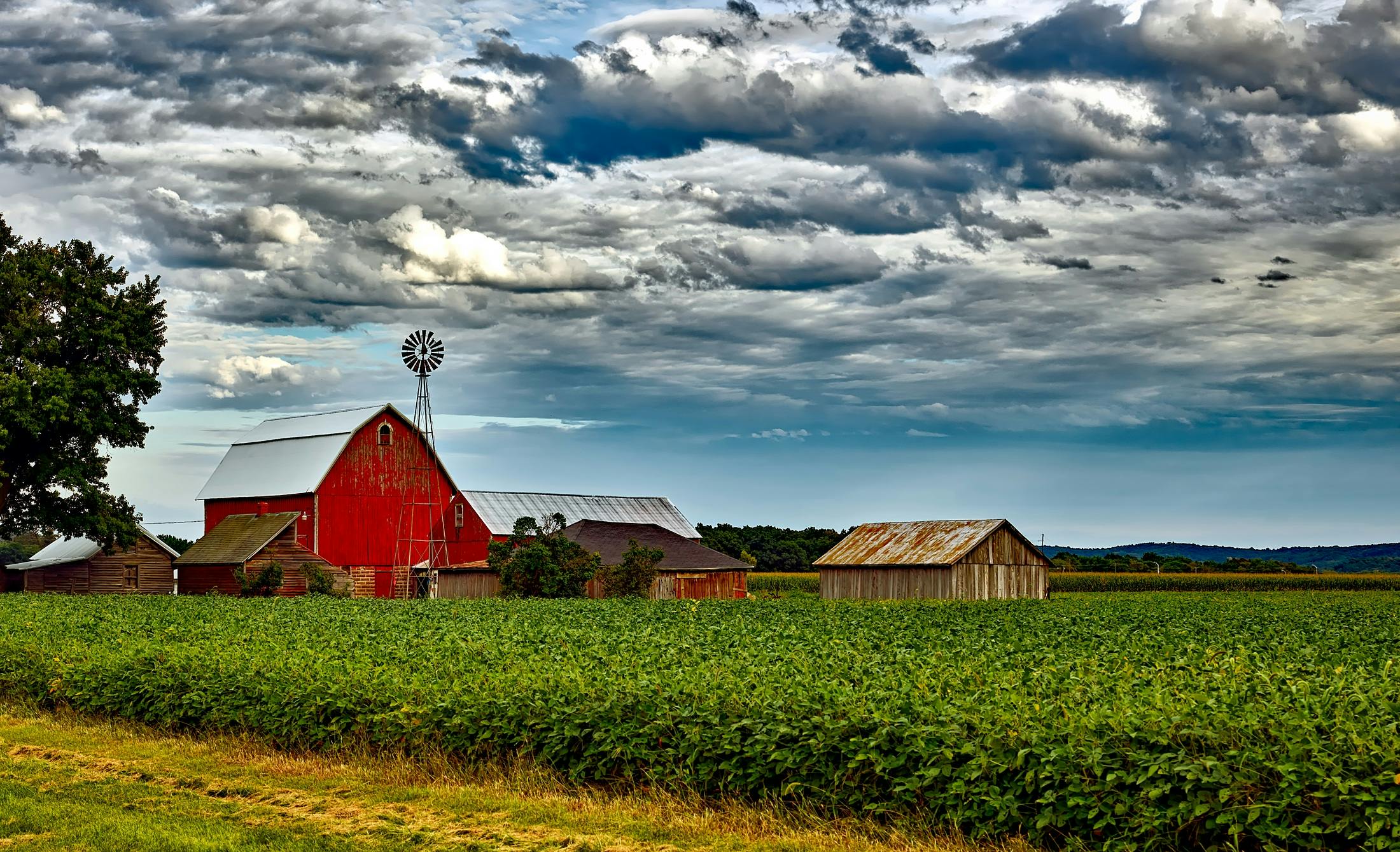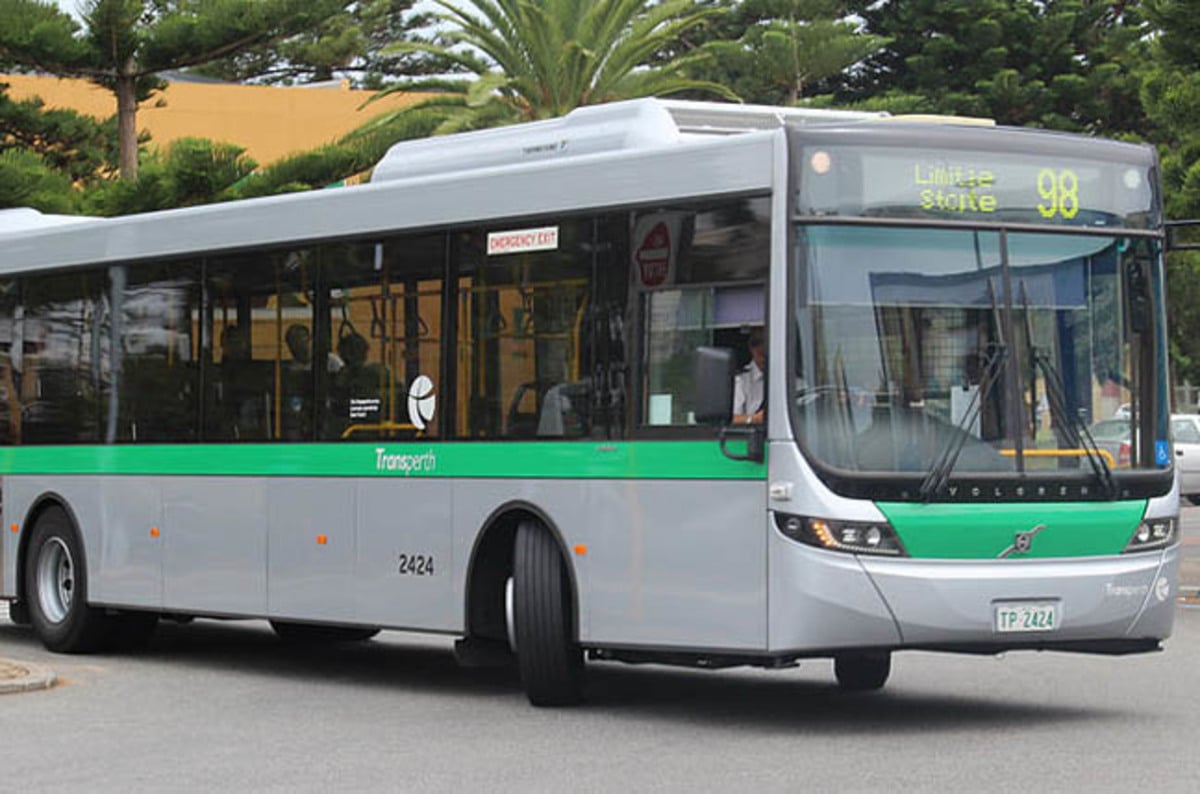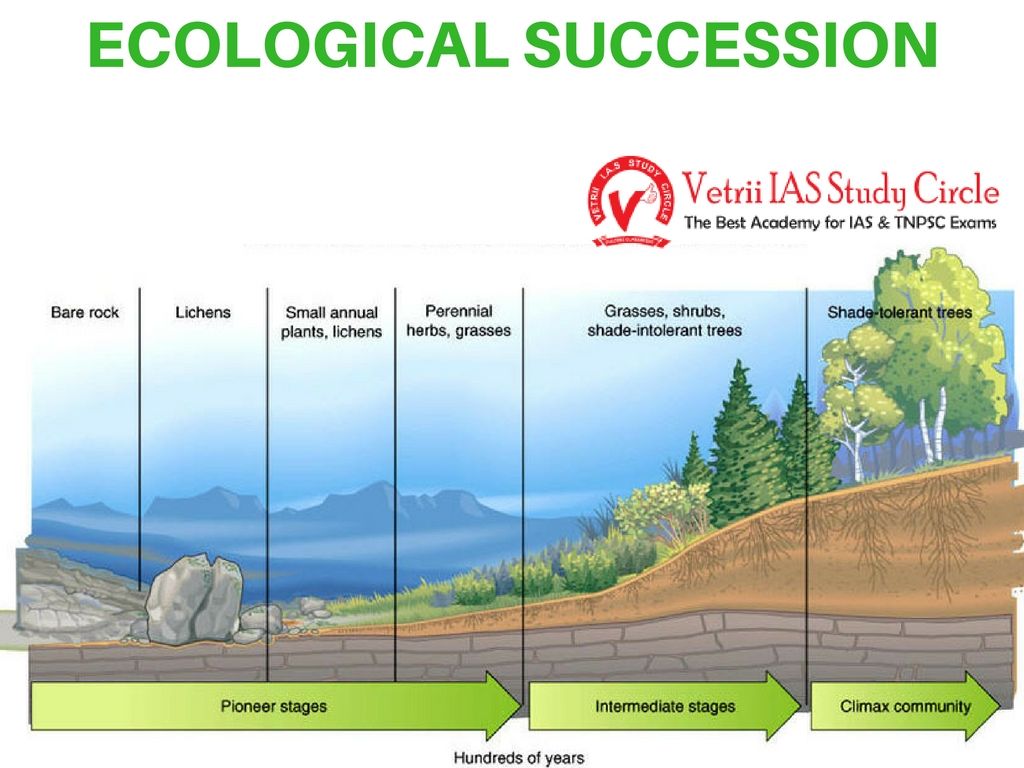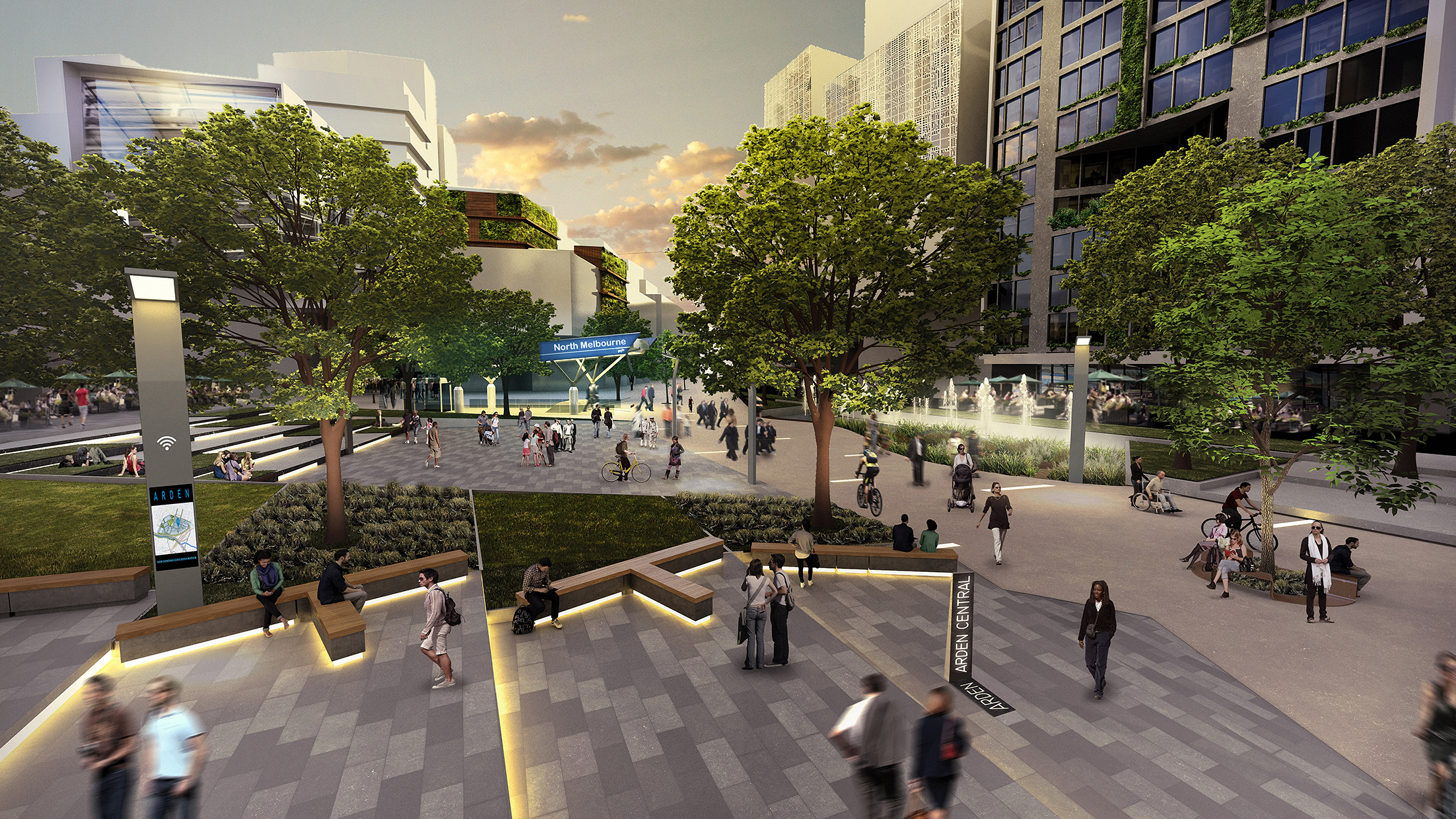ATAR Geography Units 3 & 4

Syllabus
Unit 4: Planning Sustainable Places
Challenges exist in designing urban places to render them more productive, vibrant and sustainable. How people respond to these challenges, individually and collectively, will influence the sustainability and livability of places into the future.
This unit begins with a global scale overview of the process of urbanisation and its consequences.
Two depth studies provide greater detail.
Depth Study 1: Challenges in metropolitan Perth or a regional urban centre in Western Australia
Depth Study 2: Challenges faced in a megacity.
Students will examine the concepts, processes and roles of planning in these contexts, and use geographical tools to investigate the sustainability of places.
In this guide, content taken directly from the syllabus is shown in purple.
Urbanisation



Urbanisation is the increase in the proportion of people living in towns and cities.
Urbanisation occurs because people move from rural areas (countryside) to urban areas (towns and cities). This usually occurs when a country is still developing, typically as a country goes from an agrarian (farming-based) economy to an industrial (factory-based) economy. Families move into the city, abandoning their large properties of farmland for smaller close-quarters residences in the cities. Employment opportunity is a big driver of this change.
The global population is estimated to reach 11 billion people by 2100. While this is a growth from the current 7 billion- it is clear that this figure indicates that the rate of population growth will slow down. Projections estimate that as living standards rise, each family will choose to have less children.
Urbanisation and population growth are connected. The increasing urbanisation of the world is likely to be one of the factors slowing global population growth. This is because the fertility rate is frequently lower in urban areas as compared to rural.
Some factors that could influence this include the relative cost of having children, the need for children (e.g. to operate the family subsistence farm) and the availability of birth control.
Human wellbeing is a broad term which can be subjective, and is measured in different ways, but generally refers to a measurement of the health, happiness and/or general prosperity of people.
Rural and urban living environments can have a significant impact on human wellbeing. The process of urbanisation, which is the shift from rural to urban living, has an impact on human wellbeing.
In urban environments, for example, it is easier to access government services, such as education, healthcare and cultural events. It is also much cheaper for the government to provide these because of economies of scale (for instance, building a doctor's surgery in a town of 1000 people vs. a town of 100. Both need the same resources but one will have much greater use).
However, urbanisation can also mean that negative effects of human activity are concentrated in one area. For example, air pollution in China's very populous cities. It also means that people have to pay much more for land and housing, and get less. People may also encounter problems that are less drastic in rural areas, such as a large homeless population, slums, or organized crime.
Processes



Urban sprawl refers to the unrestricted growth in many urban areas of buildings, roads etc. over large expanses of land, with little concern for urban planning. Urban sprawl is often used in places where there has been little intentional design over the placement of buildings, and inefficient uses of land, for example vacant spaces of land between properties.
Urban sprawl can often also involve low density - that is, a small number of people taking up a larger amount of space, such as by using single-story houses instead of apartment blocks. Perth has quite low density (single story houses, large backyards etc.). This can make it harder when, for example, planning public transport bus routes.


Invasion is a term for when a species of plant or animal that is alien to an area is introduced to an area, and is able to live in that area, often at the expense of the native plants or animals. Typical examples of animal invasive species in Australia include those that were introduced by European settlement, including foxes and feral cats, and cane toads.
Succession is best defined as the gradual and orderly process of change in an ecosystem brought about by the progressive replacement of one community by another until a stable climax is established.


Urban renewal is a process in which run-down urban areas experiencing urban decay, such as slums, are redeveloped to provide for a better quality of living and wellbeing.
Urban decay is the term given to an urban area that has become decrepit and poorly maintained, often associated with falls in population, high levels of poverty and crime, poor living standards generally and higher levels of pollution.
Interdependence
Spatial Distribution
Rural Problems
Urban Problems
Unit 4 Depth Studies
Using fieldwork and/or secondary sources, students investigate significant related challenges in either metropolitan Perth or a regional urban center in WA, and how these challenges are being addressed.
For the selected place, students study:
- the site, situation, internal and external morphology and functions
- the demographics
Students study four of the following challenges:
- housing, economic restructuring, employment, transportation, congestion, environmental degradation, waste management, personal safety, land abandonment, urban sprawl, socio-spatial inequality, social inclusions and exclusions, changing demographics
In order to investigate:
- the nature, scope and causes of each of the four selected challenges being confronted, and the implication for the place
- the views and attitudes of major stakeholder groups related to each of the four selected challenges
- the range of planning strategies that have been used, and how these compare with and/or have been informed by, responses implemented in other places
- the extent to which the planning strategies adopted have been, or could be, informed by sustainability
- the strategies adopted in selected places to address these challenges
- the extent to which these strategies have enhanced its sustainability and livability
Using fieldwork and/or secondary sources, students investigate two significant challenges faced in one megacity.
For the selected megacity, students study:
- the site, situation, internal and external morphology and functions
- the demographics
Students study any two of the following challenges:
- housing, economic restructuring, employment, transportation, congestion, environmental degradation, waste management, personal safety, land abandonment, urban sprawl, socio-spatial inequality, social inclusion and exclusion, changing demographics
In order to investigate:
- the nature, scope and causes of each of the two selected challenges being addressed, and the implications for the selected megacity
- the range of planning strategies used to address each of the two selected challenges, and how these compare ith, and/or have been infromed by, responses implemented in other world megacities
- the extent to which the planning strategies adopted in the selected megacity have been, or could be, informed by the concept of sustainability
- the strategies adopted in the selected megacity to address these challenges
- the extent to which these strategies have enhanced the sustainability and liveability of the selected city
